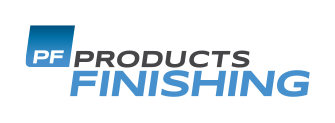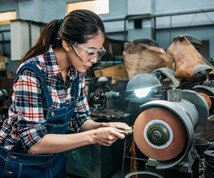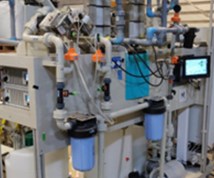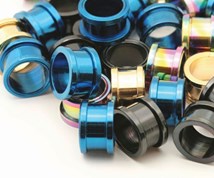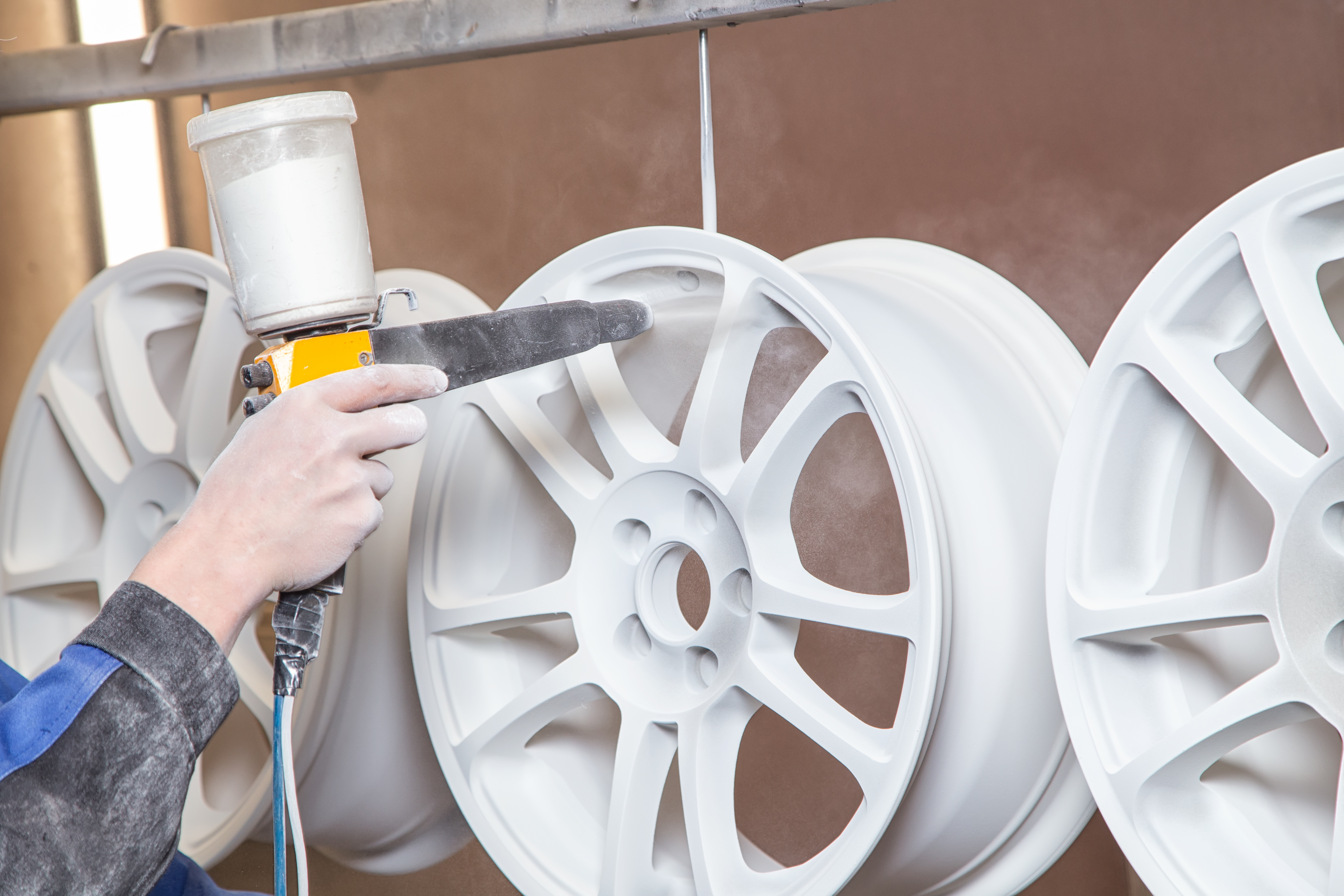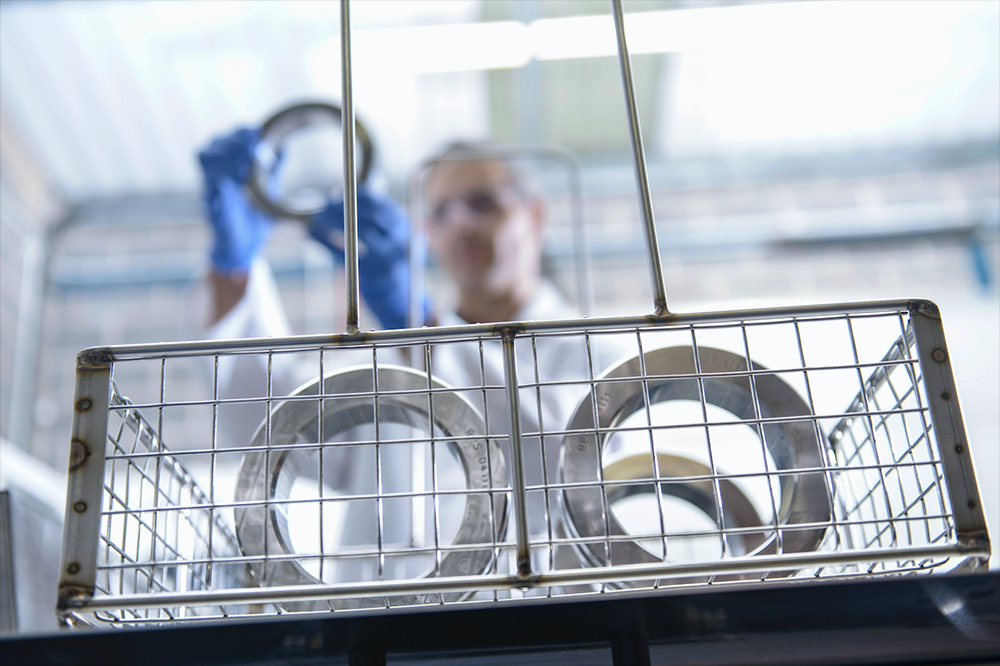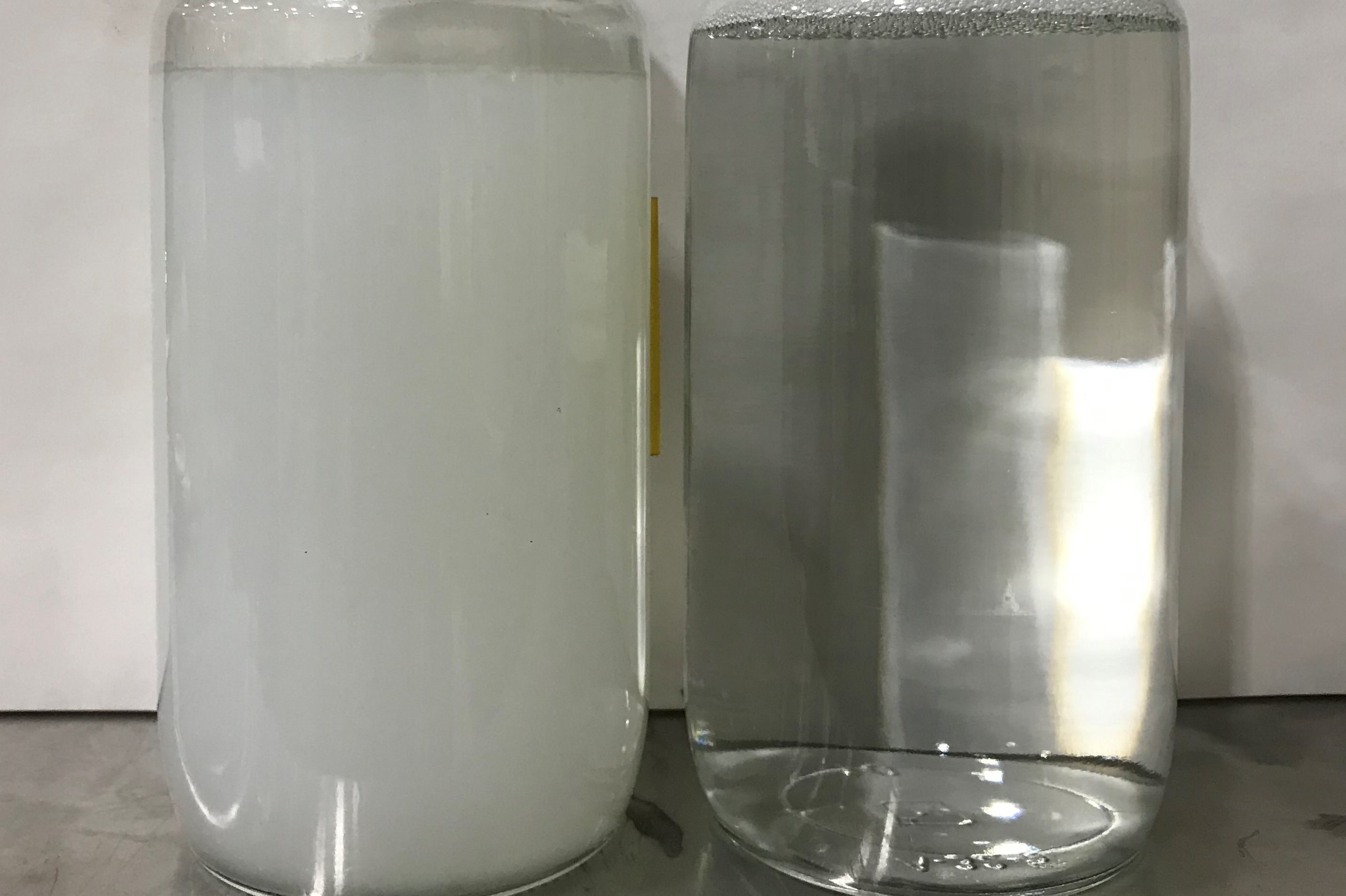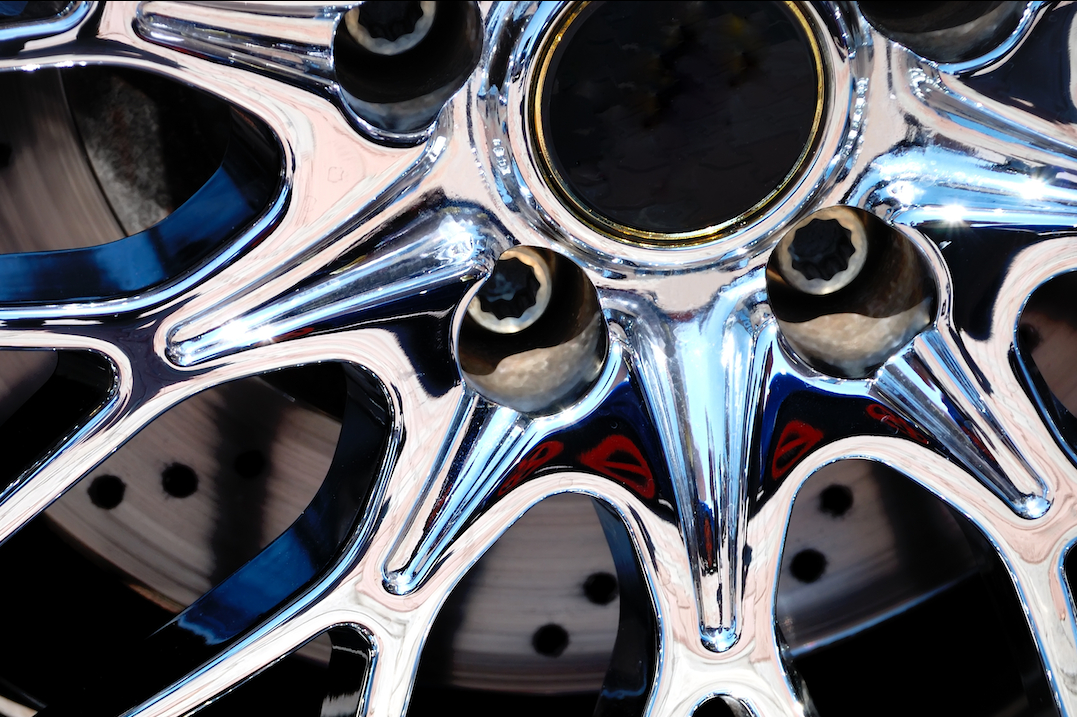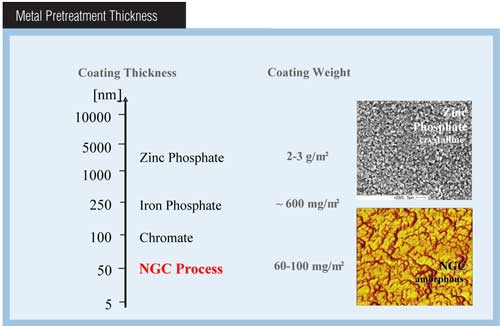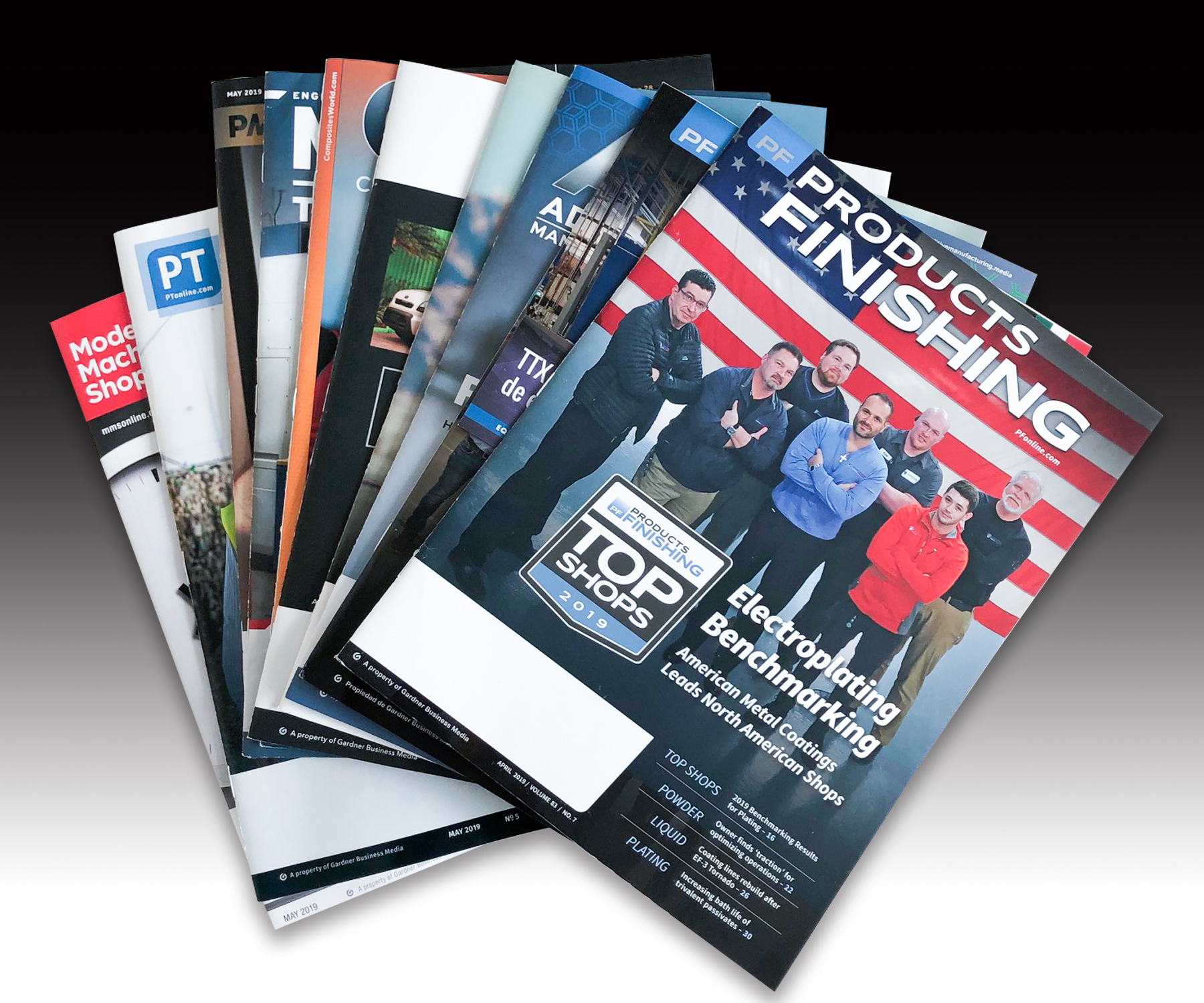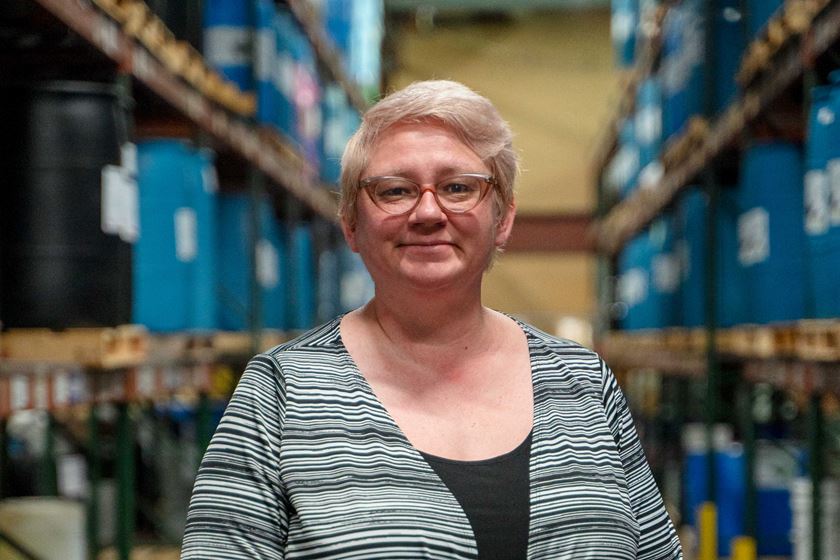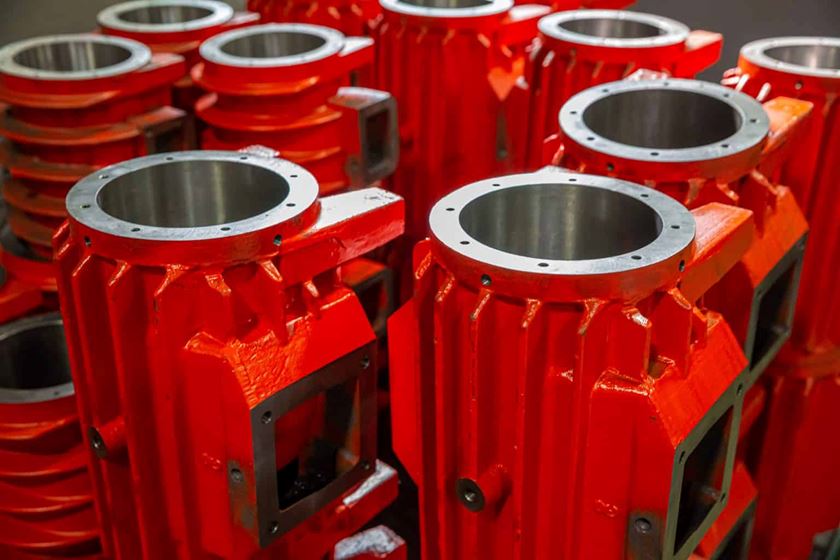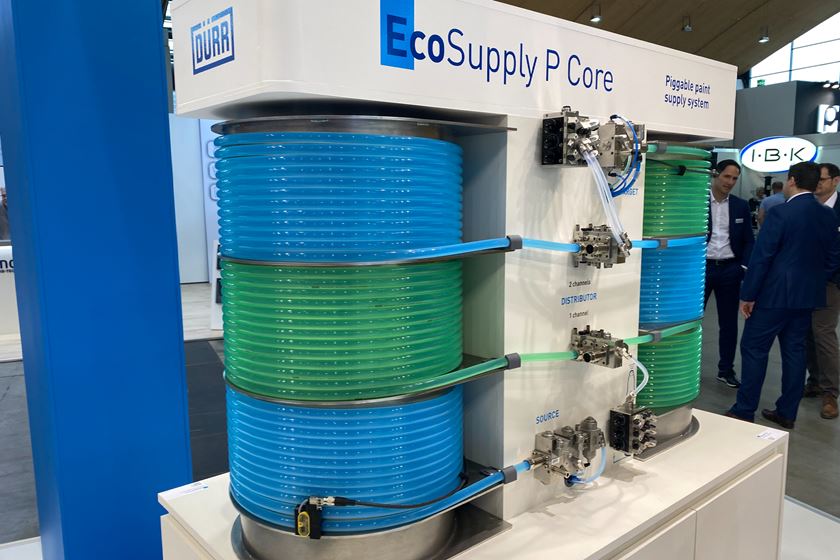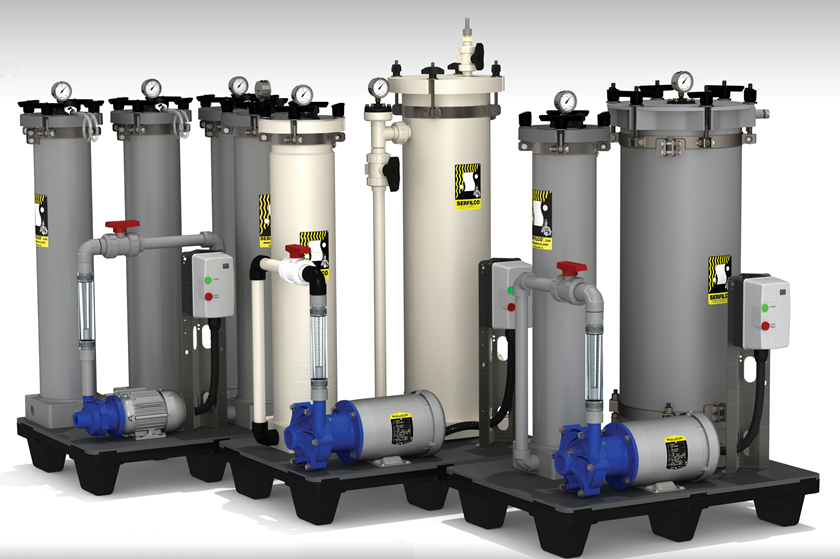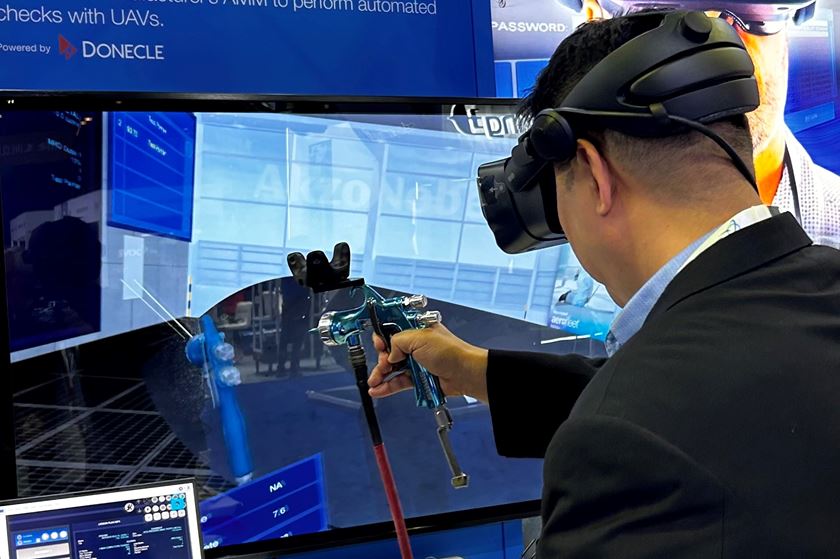High Reliability Solvent Cleaning in Today’s Environment
Systems must be safe, effective and environmentally compliant.
With the ever tightening rules and regulations imposed on solvent cleaning by federal, state, and other governing bodies, today’s cleaning systems must be safe, efficient, effective, environmentally compliant, and provide the required throughput to meet the end user’s needs.
As existing solvents are more heavily regulated or phased out and new materials emerge, it is important to understand the guidelines for using these approved solvents in conjunction with cleaning systems available on the market today.
Featured Content
One might think these statements indicate a retraction in the solvent cleaning market; however, solvent applications are trending upward due to advances in equipment technology combined with new solvent processes.
To understand today’s use of solvent cleaning systems, one must first take a retrospective look at how our current environmental rules and regulations were developed. This includes the criteria that ushered in the current regulations for solvent systems and also demonstrate how users and manufacturers of solvent cleaning systems have common goals in meeting established environmental parameters.
Common regulatory objectives include achieving lower limits of solvent usage to better our environment, preserving processes currently required for specific applications, and providing a cost effective means and safe working environments.
For decades, solvent degreasing was the preferred cleaning method for most manufacturers. Compared with aqueous cleaning, most factories found degreasing to be a simple, one-step process, requiring less floor space, maintenance and cost, while providing greater compatibility for numerous soils and substrates.
Vapor phase cleaning is especially effective for parts with complex geometries or blind holes because of solvents’ ability to penetrate the smallest tolerances and come out of the process dry. If any solvent remained on the part, it evaporated into the atmosphere leaving minimal residue. CFC-113 and 1,1,1-trichloroethane were commonly used to remove a range of lubricants and other contaminants without affecting the metal substrate.
Pre-Montreal Protocol
As scientists studied the earth’s environment, an area of particular interest in the 1980s was the ozone layer. The scientific community theorized that the use of these solvents or the associated family of compounds for degreasing, refrigerants, carrier fluids and other applications was harmful to the ozone layer around the earth.
Public awareness increased, world government bodies formed investigative committees, chemical manufacturers performed tests, and environmental organizations made models of the atmosphere to analyze these theories. The result was a worldwide pact to decrease and eliminate the use of certain chemicals and solvents, first as aerosol carrier fluids and later as degreasing fluids and other applications.
Based on the world opinion of environmental stewardship, a group of nations formed and sanctioned the rules and regulations concerning these ozone-depleting substances. This meeting and joint agreement became known as the Montreal Protocol.
Post Montreal Protocol
Time-tested solvent degreasing processes were suddenly in a new and turbulent landscape, facing challenges both from chemical and mechanical perspectives. Ozone-depleting solvents had new warning labels and phase-out dates. Companies faced new limits on air emissions and operator exposure—all enforced by fines. The National Emissions Standards for Hazardous Air Pollutants (NESHAP) developed new design criteria regulated by the Federal mandate. Approximately 50 percent of the degreasers nationwide were retrofitted to meet these new rules, and many businesses switched to alternative processes altogether, based on misinformation or fear of future solvent regulations. Others made changes based on corporate directives, new record keeping requirements, and the stigma that ozone depleting solvents left on vapor degreasing.
Thus, for many, the switch from solvent degreasing to aqueous cleaning occurred rapidly; too often resulting in less than ideal equipment, chemistry or process selections. Some users were able to successfully transition to aqueous cleaning, while others maintained a smaller operation or returned to degreasing for those challenging applications where vapor phases truly excel. In either case, the world is still awaiting the development of an inexpensive, universal, environmentally accepted drop-in solvent.
New solvent molecules and blends that react with certain lubricants to remove them quickly and effectively have been discovered. These materials are designed for environmental compliance regarding VOC content, vapor pressure, lower air emissions, global warming, stability, non-flammability, and other chemical concerns. While these materials are more friendly for both the environment and operators, containment and minimized exposure is still best practice.
Modern degreasers meet and typically exceed all federal guidelines concerning design criteria, operator exposure, and atmospheric emissions.
Just as today’s automobiles are more reliable with greater fuel economy, degreaser manufacturers have incorporated new designs and technology that capitalize on advanced solvent properties. Users can reap the full benefit of manufacturing higher quality product while having the lowest operator exposure and solvent emissions by pairing the right solvent technology and equipment for the application.
Equipment
Basic degreasers can be generally classified in four categories:
Traditional open-tops
Enclosed low-emission maximum efficiency
Inline/conveyorized
Airless or vacuum
Regardless of whether the cleaning process involves vapor only, immersion, spray-in-air, ultrasonics, spray-under-immersion, or the like, the actual equipment generally falls within the aforementioned categories.
Solvents
The current landscape is a mixture of old and new. A few chlorinated degreasing fluids that have been used for years are now facing higher scrutiny, but are still available, while others have been regulated out of existence. Some have also turned to other more benign fluids that are not generally thought of as degreasing fluids for that purpose; as such, they typically have a very limited scope of effectiveness. Environmental impact and regulatory compliance remain the deciding factor for most solvents today.
For example, the ban on production of AK-225—effective January 1 of this year—impacts numerous users and their precision cleaning processes. While certain fluids are more effective on specific contaminants, any solvent in consideration should be evaluated for personnel safety, regulatory compliance, high performance, ease of operation and overall cost.
Contaminants can be especially problematic. For example, petroleum distillates typically have trace amounts of contaminants such as nitrogen, hydrocarbons and sulfur, which can react with moisture or components on the substrate, causing detrimental effects to the part being cleaned.
A novel solvent with properties similar to CFC-113 is now available within the marketplace. From a performance perspective, this solvent has excellent solvency for a range of precision cleaning soils. The solvent has extremely low surface tension to penetrate and remove soils from blind holes and crevices, and it meets and exceeds regulatory and safety requirements. It is non-flammable and carries an OEL of 800 ppm. It is also cost-effective because it reduces energy requirements and can be processed in vapor degreasing equipment. The solvent is a suitable replacement for nPB, AK 225, HFEs, HFCs, Trans and Stoddard solvents.
Current Regulations
The solvent- and degreaser-related regulations affecting users today are:
EPA regulations: Clean Air Act / Title V permitting / hazardous waste streams
OSHA: Health assessment of fluids to operators / ppm exposure limits
NESHAP compliance for equipment
Record keeping for NESHAP compliance
Local environmental regulations can exceed federal regulations
MACT control technology for equipment
LAER control technology for equipment
SNAP approval for listed solvents
There are other issues to consider, but those listed are the most frequently addressed by the end user, environmental permitting agencies, equipment manufacturers, solvent suppliers and regulatory field inspectors.
DuoSolvent
The greatest challenge for vapor phase cleaning is that a universal green solvent that removes a wide range of contaminants (lubricants and oils, flux residues, waxes, particulates and more) simply doesn’t exist. In general terms, the more user-safe and environmentally friendly the solvent is, the more narrow its efficacy is on a range of soils. Therefore, users are often faced with the dilemma of selecting materials that can be effectively removed using solvents allowed by their corporate EH&S policies or regionally dictated mandates, rather than using lubricants or materials that they would prefer from a production standpoint. If it has to be clean, then it has to be cleanable using available technology.
Years of research and development has culminated a two-solvent or DuoSolvent process that opens the process window for soils removed and compatibility with materials like plastics by:
First immersing the part in a primary cleaning solvent focus on contaminant removal
Second, processing through the EH&S-friendly vapor degreasing solvent for complete, water-free rinsing.
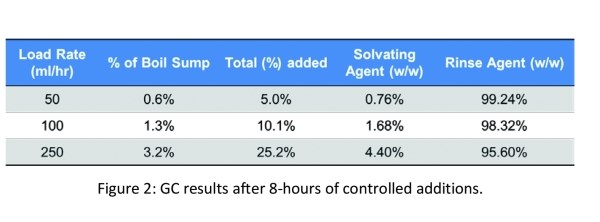
As seen in the illustration on p. 34, bulk cleaning occurs in the first solvent, which is no longer limited by thermodynamic properties or regulations needed to operate as a degreasing solvent. A small amount of this less expensive cleaning solvent is carried over to the first process tank in the vapor degreaser, where it is solubilized and captured by the rinsing agent. Those familiar with aqueous cleaning processes often refer to this as a chemical-isolation step, or coarse rinse. The rinse tank and vapor zone of the degreaser then provide a very high-purity rinse, producing a dry and completely residue-free part.
Pairing the solvents takes care in order to ensure the solvating agent is easily removed by the rinsing agent, yet can be efficiently separated to maintain purity of the rinse and provide long process life. Studies performed using gas chromatography analysis demonstrate that at normal carryover levels, the first rinse step can be effectively maintained at greater than 98 percent purity. The chart above summarizes the results of three controlled tests where specific volumes of solvating agent were added to the first rinse tank on an hourly basis for a full shift.
By shifting the main cleaning step out of the vapor degreaser, the process eliminates the biggest challenges of co-solvent applications: 1) the need to maintain specific solvent ratios, and 2) eventual rinse contamination due to partial pressures and contamination buildup in the degreaser.
Properly matched DuoSolvent pairings can fit a range of process needs, from drying, lubricant and coating removal to flux cleaning.
Market Trends
Equipment suppliers are experiencing a limited increase in solvent degreasers based on the need for modern environmentally compliant equipment. While this market may never reach the level it was at 30-plus years ago, there is a need for solvent cleaning in specific applications that require this proven process. From the sheer size and complexity of some products to be cleaned and the cleanliness criteria that today’s aerospace, military and medical industries demand, solvent degreasing offers a simple yet effective solution. An industry survey found that buyers are:
Replacing existing dated solvent systems.
Replacing aqueous systems that were purchased to replace the old degreasers but didn’t perform as expected or proved to be too labor intensive or operationally cost prohibitive.
New users that must clean for the first time.
Environmental impact is driving equipment design toward enclosed systems when possible. Whether an atmospheric shielded tank or hermetically sealed chamber, it’s the preferred choice of many companies. The advantages of these systems are readily apparent: lower solvent usage costs and emissive losses, combined with a controlled process that yields repeatable results with minimum operator interface
Crystal Ball
What is the future of solvent cleaning from today’s view?
There are several ways to answer this question. As equipment and solvent manufacturers, we readily admit that the market has shrunk over the last decade, but it is not dead! The industry as a whole is seeing new machines being ordered. The smaller sized units tend to be standard in design based on work chamber size versus production requirements and options desired. The larger sized units tend to be more custom, based on specific applications. On the horizon:
Based on the future environmental outlook, we are seeing large systems for aerospace applications, in particular, that most users would not have considered several years back.
Small, precision cleaning operations are desiring totally enclosed systems featuring automation that will minimize operator interface while conserving as much solvent as possible.
The old adage that solvent cleans better, faster, and in more restrictive places than water can ever reach—is still true. The fact that today’s cleanliness specifications for precision and critical cleaning cannot have any contaminant residue or rinse water residue on the end product still drives some users toward solvent.
The cost to clean will always be a part of this equation. As will cost for environmental compliance and end user confidence. Some applications can go either solvent or aqueous, and there will remain alternate choices for all.
Solvent and equipment manufacturers believe the existing process will remain viable for many years into the future. We know the equipment will evolve as well as the solvent that goes into them. The basic process will remain similar. The improvements will come in new solvent blends and processes, material handling concepts, solvent recovery systems, and even tighter environmental compliance.
Joe McChesney and Ram Wissel are with Kyzen; they can be reached at joe_mcchesney@kyzen.com and ram_wissel@kyzen.com.
RELATED CONTENT
-
Stripping of Plated Finishes
The processes, chemicals and equipment, plus control and troubleshooting.
-
Cleaning Limescale from Galvanized Steel
How do you clean white lime scale and rust spots on galvanize?
-
The Hull Cell: Key to Better Electroplating - Part I
How to use it for planning, preventive maintenance and troubleshooting.

